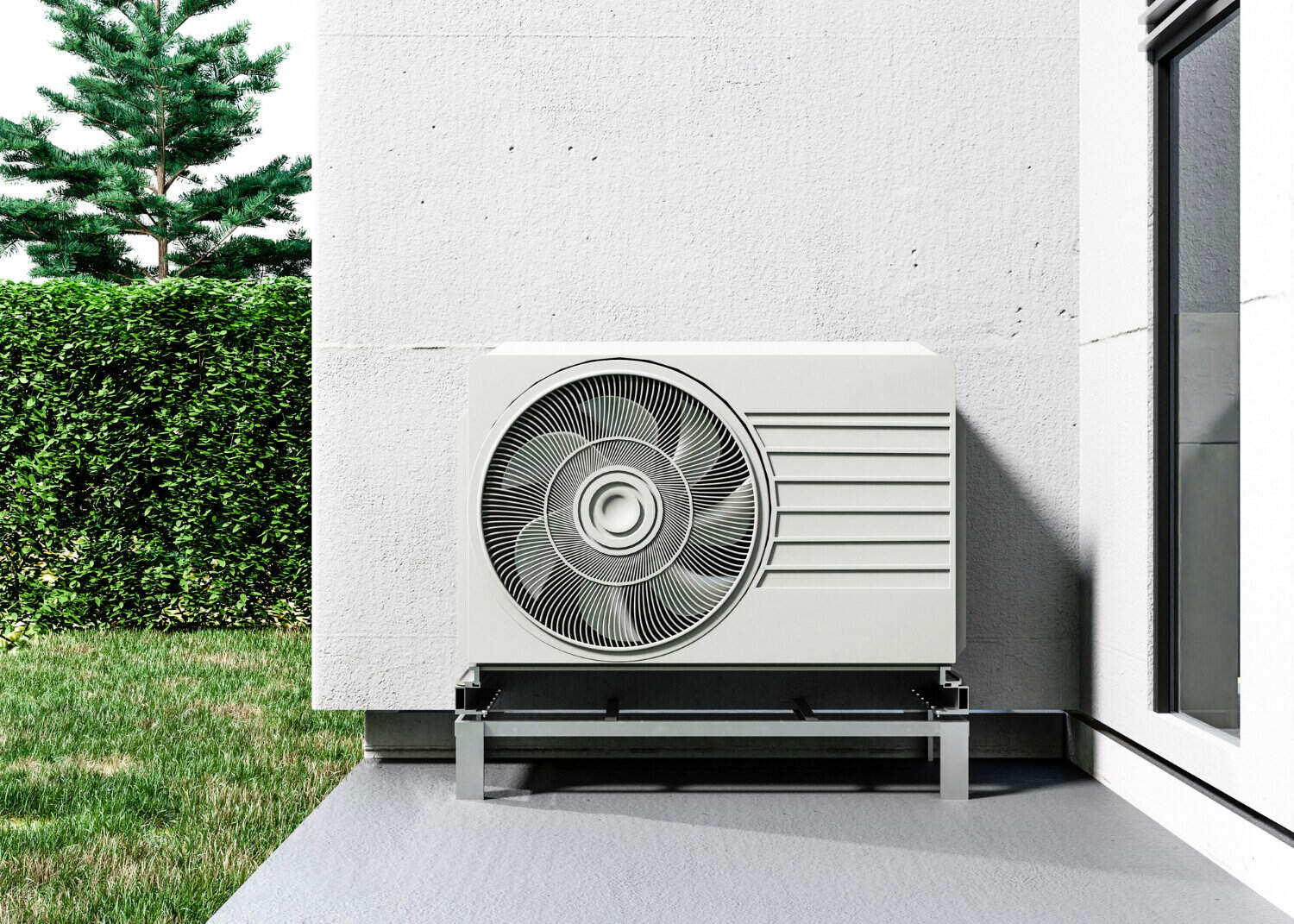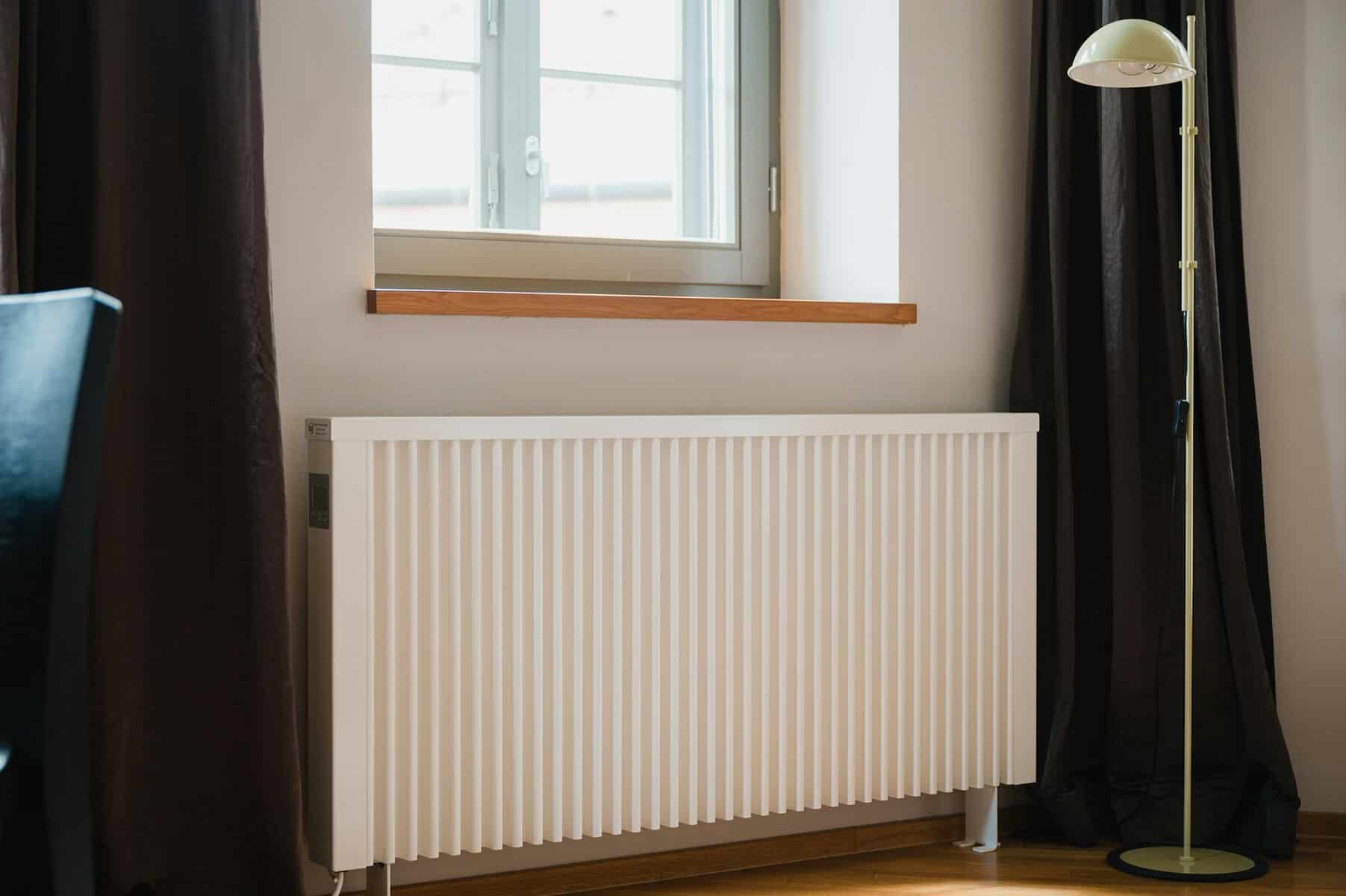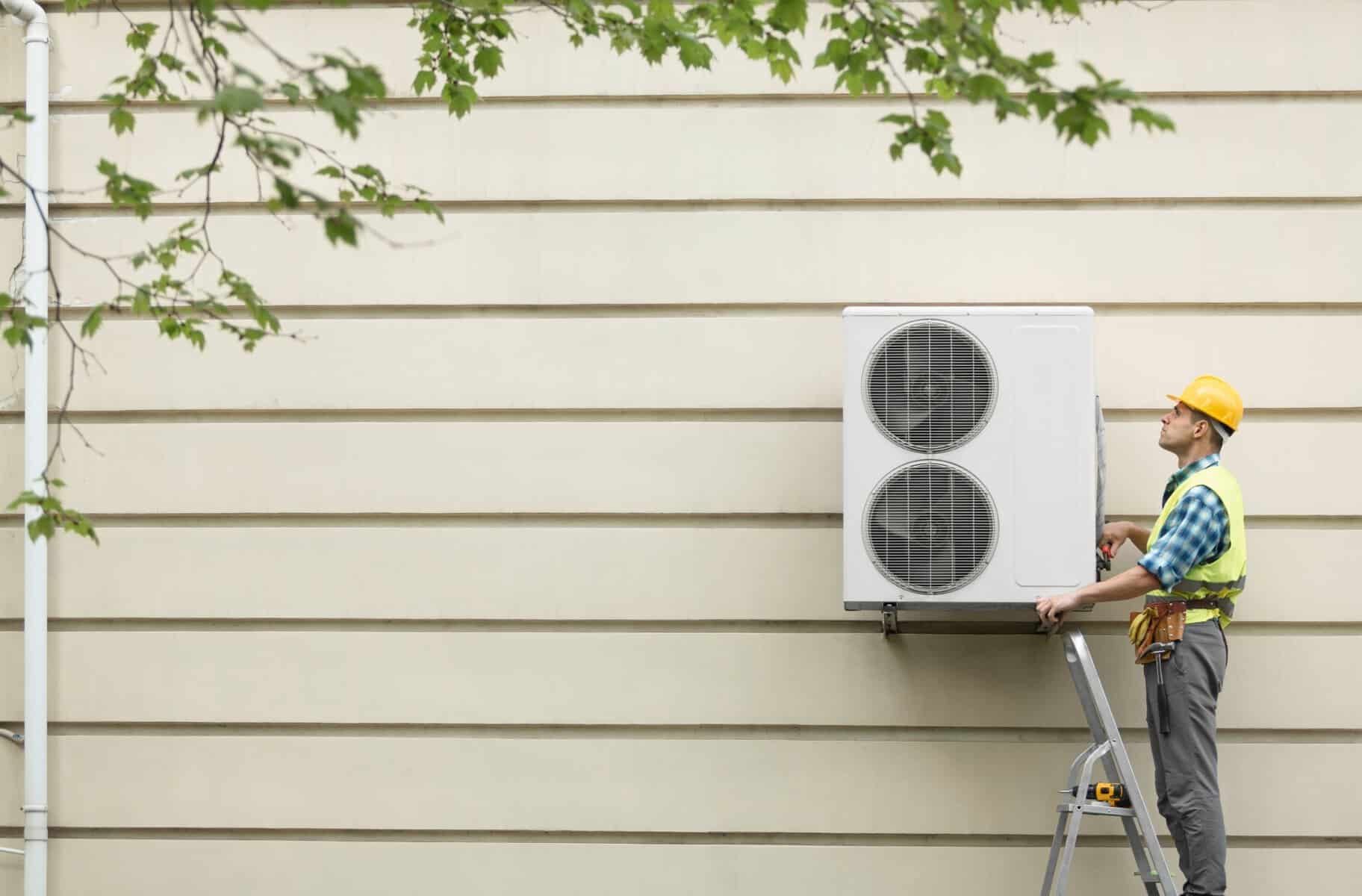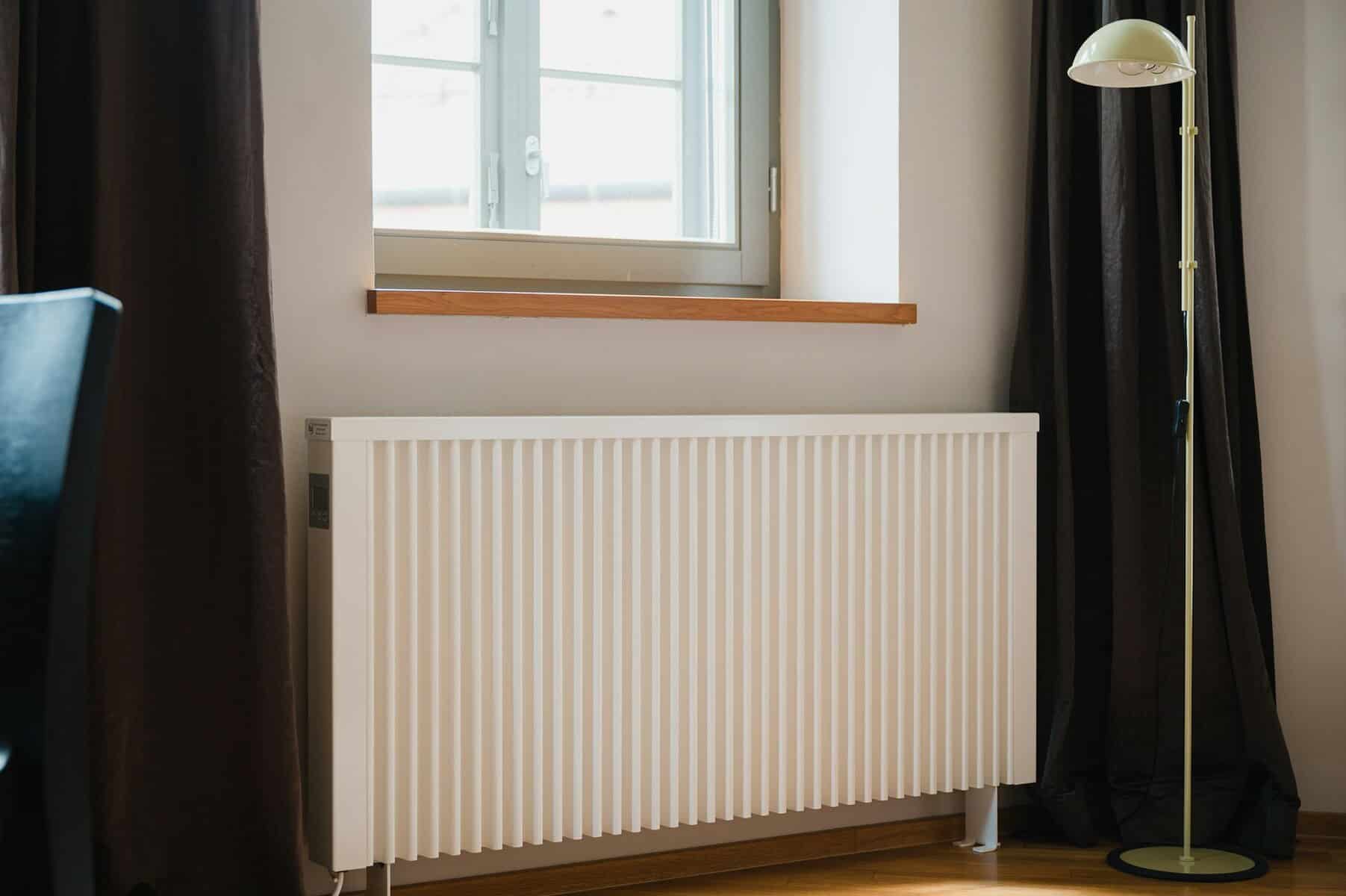When the cold settles in around Saratoga Springs, keeping your home warm becomes a top priority. But using more heat is not always the best way to stay comfortable. Heating your home efficiently takes a bit of planning and some smart choices, especially during long New York winters.
You shouldn’t have to crank the heat just to chase off the chill. The good news is that staying warm can go hand in hand with using less energy. Many of the same ideas that help with summer comfort, like installing energy efficient air conditioners, can also support more effective heating in winter. It is about finding ways to use what you have, better.
Focus on the Heat, Not the Thermostat
Turning the thermostat up is not a fix for every cold spot. In fact, if there are leaks or poorly insulated areas in your home, your system will have to work harder without giving you better results.
• Use your senses to spot energy loss. Feel around doors and windows for cold drafts.
• Older insulation in attics or walls might be letting heat slip out, especially during nights when temperatures drop fast.
• Cold floors or uneven heating may mean something is blocking airflow behind the scenes.
Sometimes heaters are running just fine, but the air is not holding that warmth. Before raising the temperature again, it helps to have the system checked for problems you cannot see. A professional can walk through key areas and figure out why heat is not staying where it should. The fix might be as simple as sealing something or reconnecting a loose duct.
How Your Heating System Impacts Energy Use
Over time, heating systems get tired. They do not stop working all at once, but they lose efficiency bit by bit. When a heater must run longer to do the same job, it pulls more energy. That shows up in the utility bills and the overall comfort of your space.
You may notice things like:
• Some rooms warmer than others, even with the same settings
• Loud or strange noises when the heat turns on
• Hot air coming out too slow or with low pressure
These are signs that your heater could use a tune-up. During a cold Saratoga Springs winter, your system should be working at full strength. A yearly check-in helps clean out dust, fix worn parts, and keep everything working as it should. Small maintenance steps can help the system avoid bigger problems during the coldest months.
Small Fixes That Make a Big Difference
You do not always need a big overhaul to get better heating. Sometimes it is the little things that improve the way your system performs.
• Sealing gaps in ductwork prevents warm air from slipping into unused spaces like crawl spaces or attics.
• Replacing an old air filter keeps the system from struggling to push air and short cycling.
• Upgrading to a programmable thermostat gives better control over when to use heat and when not to.
Zoning systems can also give each area of your home its own temperature settings. If one room gets too hot while others stay cold, zoned heating helps change that. These updates can work with your current system to get more out of it, without major changes or a full system replacement.
My Jockey offers high-efficiency ductless mini splits that heat and cool, programmable smart thermostats, and zoning upgrades for homes in Saratoga Springs, New York, and across the Capital Region. These enhancements help your HVAC system adapt to your lifestyle and your house’s unique layout, lowering energy use and improving comfort year-round.
Planning for Long-Term Comfort
Heating should not be a season-by-season problem. If your system struggles in the winter, it could be linked to how the whole home handles air year-round. That is why it helps to think ahead, not just react when it gets cold.
Homes already using energy efficient air conditioners in summer may already be set up for better heating, too. Those systems often pair well with updated insulation, sealed ducts, and smart thermostats. All of it adds up to comfort that lasts, not just for one season.
When thinking about long-term comfort, it is worth considering how each part of the home works together. A good heating setup does more than blast warm air. It keeps the heat in, moves it where it is needed, and does this without wasting power. We focus on where small changes can lead to better results instead of needing to start from scratch.
For upgrades or repairs, My Jockey’s certified techs work on all major HVAC brands and help homeowners find solutions that protect comfort and energy efficiency long term.
Warmer Winters, Smarter Homes
Staying warm during a New York winter does not have to mean higher bills or scrambling to make large repairs. It is about spotting what is not working and correcting it before bigger issues start. Smart choices now help keep your home comfortable, even during the coldest days.
By planning ahead and making practical changes, homes can feel cozier while using less energy. Winter is easier to handle when heat remains where it belongs and systems work the way they should. Whether it is something as simple as a new filter or a better layout for air control, every small improvement adds up, especially as the snow starts to fall outside.
Prepare your home in Saratoga Springs, New York, for warmer days and enjoy seamless comfort and lower energy costs year-round with one of our energy efficient air conditioners. At My Jockey, we make it easy to integrate advanced cooling solutions that work perfectly with your updated insulation and airflow systems. Let’s connect today and help your home stay efficient and comfortable as the seasons change.










